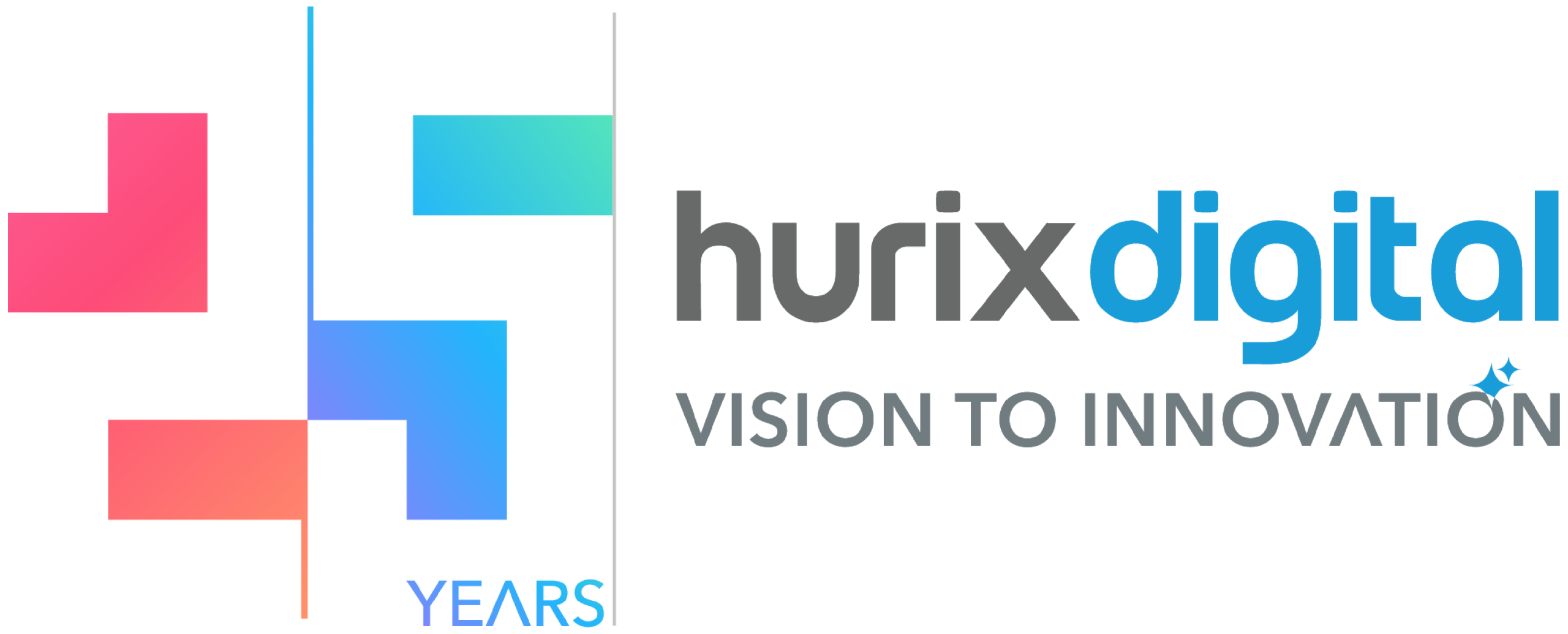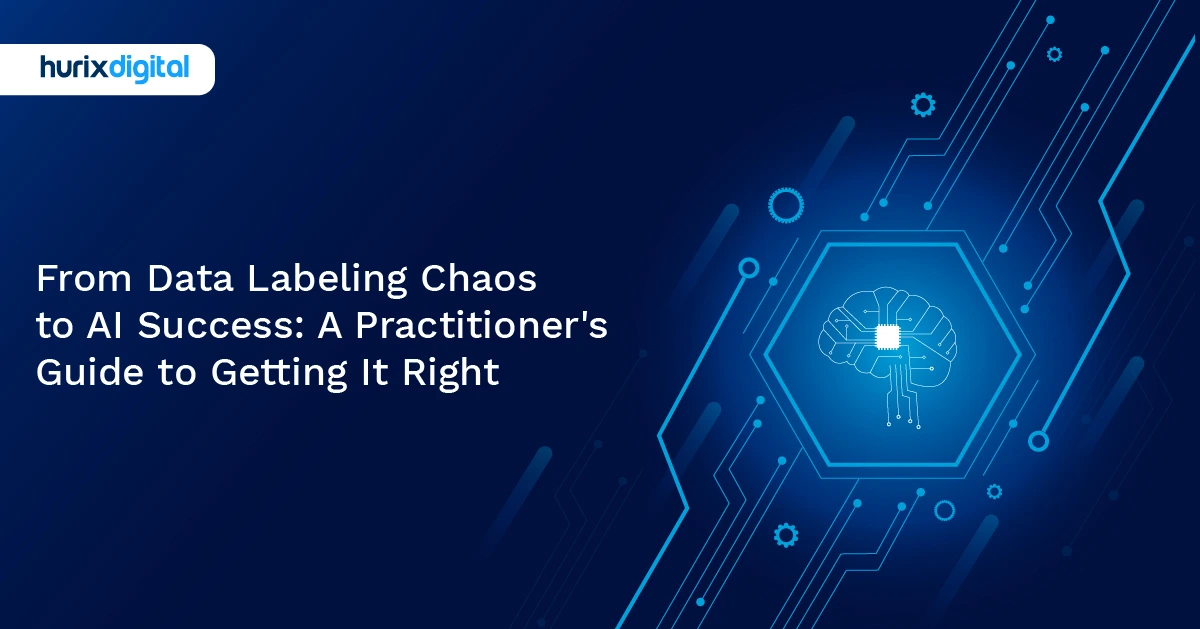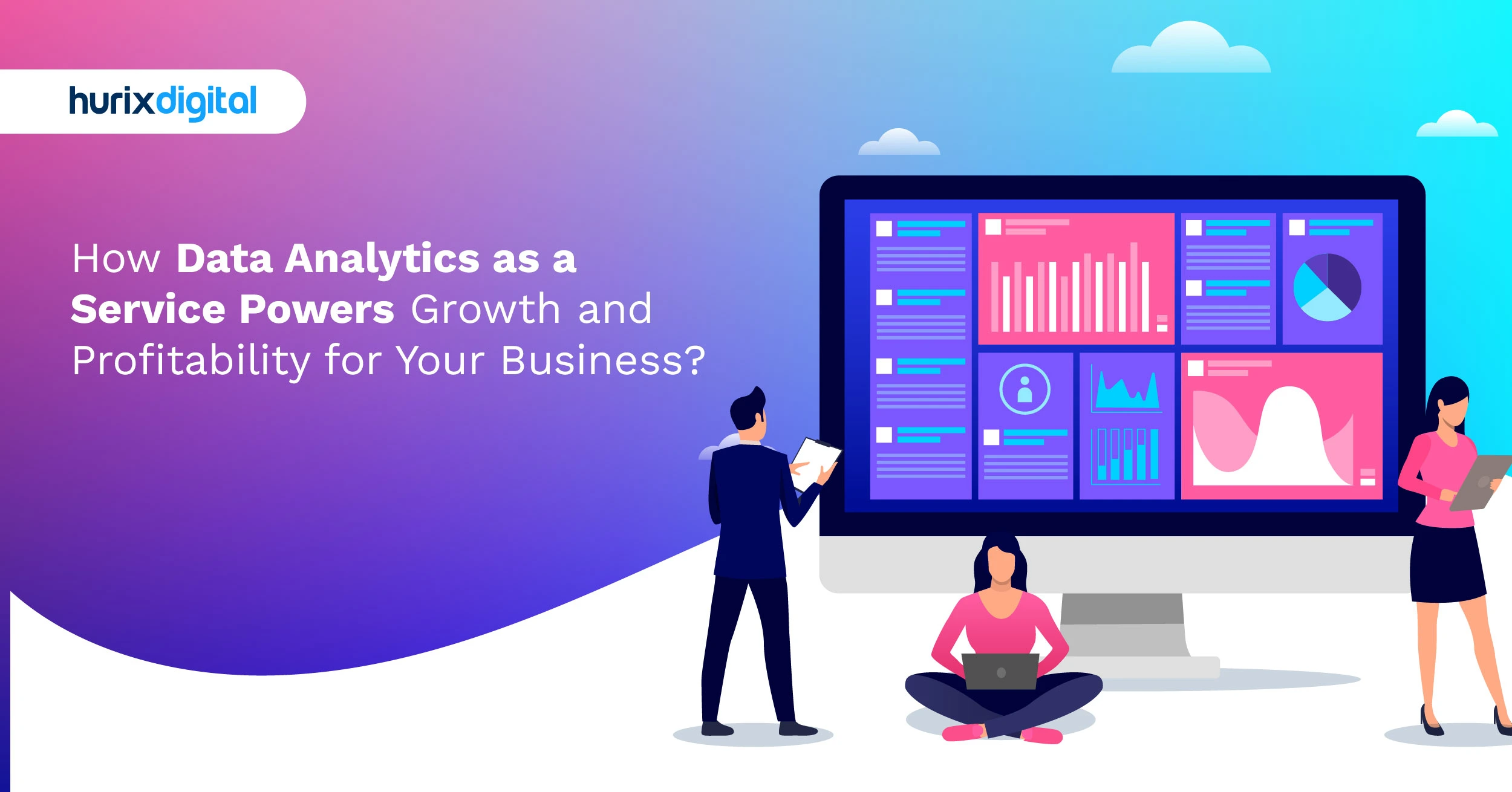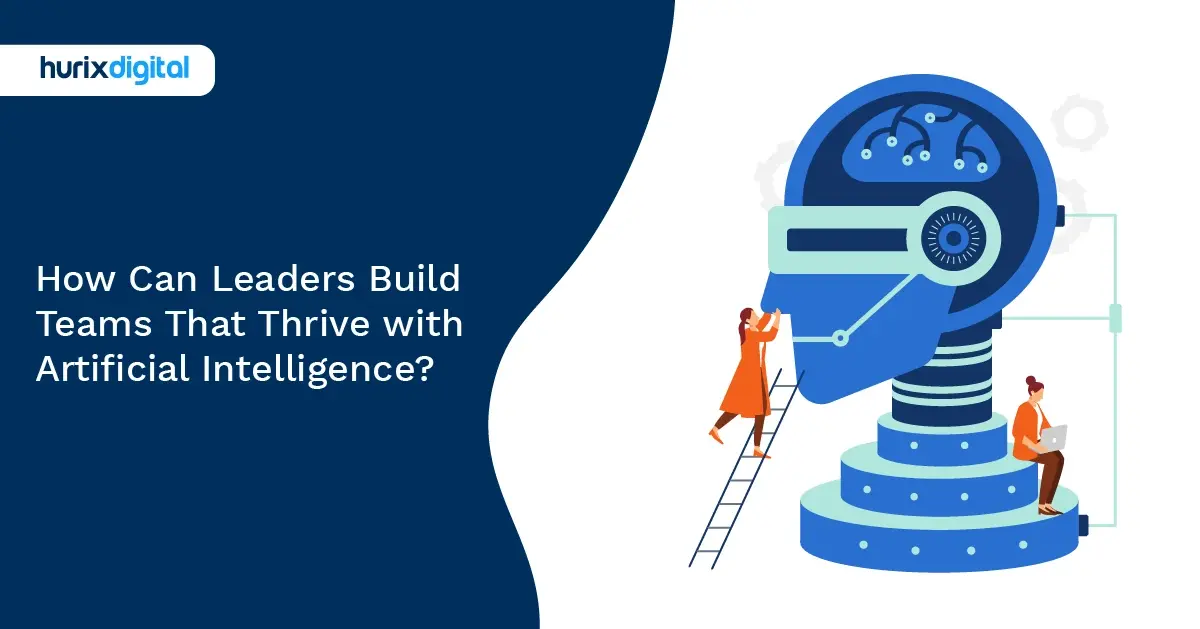
Future Proofing Your Team with Essential AI Learning Skills That Matter
Summarize with:
The boardroom conversation shifted. Sarah, the CEO of a mid-sized manufacturing firm, leaned forward. “We’ve been collecting production data for years—mountains of it. But when we tried implementing AI learning systems last quarter, the models kept failing. There was not enough quality data, apparently.” A messy reality collides with the promise of AI learning, echoing the frustration of many executives.
This gap between what AI can do and the problems that come with using it in real life keeps leaders up at night. When companies try to make AI learning work beyond the PowerPoint slides, let’s talk about the real questions that matter.
Table of Contents:
- How Do We Overcome AI Learning Data Scarcity Challenges?
- What Ethical Frameworks Guide Responsible AI Learning Deployment?
- How to Scale AI Learning Across Diverse Enterprise Functions?
- Is Federated Learning Truly Solving AI Data Privacy Concerns?
- What AI Learning Skills Are Crucial for Future-Proofing Teams?
- How Do We Measure AI Learning ROI Beyond Basic Metrics?
- What Strategies Mitigate Bias in AI Learning Algorithms Effectively?
- How Do AI Learning Advancements Impact Cybersecurity Defense?
- What Is the Future of AI Learning: AutoML, Explainability, Etc.?
- How Can Leaders Foster an AI Learning-Centric Organizational Culture?
- A Final Word
How Do We Overcome AI Learning Data Scarcity Challenges?
Data scarcity hits harder than most executives expect. A Fortune 500 retail executive recently shared an interesting perspective: “We thought we were data-rich until we started training AI models. Turns out, having terabytes of transaction logs doesn’t mean you have the right data.”
The problem runs deeper than volume. Customers’ information is often trapped in CRM systems, product data in legacy databases, and financial metrics scattered across spreadsheets.
Another approach gaining traction is synthetic data generation. Due to privacy regulations, a European bank couldn’t use real customer data for fraud detection training. Instead, it created artificial transaction patterns that mimicked real behavior. The AI performed better than expected, catching ~30% more fraudulent activities in testing.
Data partnerships offer another path. For example, competing hospitals can form a data consortium, sharing anonymized patient records for rare disease research. Each institution alone tends to have only a few cases. But together, they will have enough cases to train models meaningfully. The key consideration will be establishing trust and clear data governance rules upfront.
What Ethical Frameworks Guide Responsible AI Learning Deployment?
Ethical frameworks for AI go beyond abstract ideas and become useful rules that keep things from going wrong in important areas like education. Think about the UNESCO AI ethics recommendation. It puts a lot of emphasis on human rights, being open, and including everyone. This means that a CXO who is setting up AI-powered grading systems needs to make sure that the algorithm treats all groups the same and that it is checked often to make sure it is fair.
Ethics committees used to be afterthoughts. Not anymore. Responsible deployment starts before the first algorithm runs. Leading organizations now embed ethicists in AI teams from day one. Microsoft’s approach offers a blueprint: they require impact assessments of AI similar to environmental reviews. Each project must document potential harms, affected populations, and mitigation strategies.
Frameworks are ineffective without enforcement mechanisms. One organization introduced a policy allowing any employee to block an AI project on ethical grounds. Leadership initially pushed back, fearing it would hinder progress. However, the opposite occurred. Teams became more deliberate during development, anticipating rigorous review. As a result, deployments moved faster, with fewer last-minute corrections required. The process shifted from reactive fixes to proactive accountability.
The most effective frameworks balance multiple perspectives. Technical teams focus on algorithmic fairness. Legal ensures compliance. But the real insights often come from unexpected places. A janitor at one company pointed out that their facial recognition system consistently failed for workers wearing safety helmets. Nobody in the C-suite had noticed.
Regular audits matter too. Skip the checkbox variety and go for real investigations. Hire external firms to attack your AI systems, looking for biases and vulnerabilities. It’s expensive. It’s also cheaper than a lawsuit or damaged reputation.
How to Scale AI Learning Across Diverse Enterprise Functions?
It’s harder than it seems to roll out AI in HR, sales, and operations all at once. Try to put together a jigsaw puzzle with pieces from two different sets. Some gaps stay open, and some corners just won’t connect.
To make sure that everyone uses the same tools and follows the same best practices, create a central AI center of excellence. That way, the departments don’t work alone, and the chatbots in marketing and the predictive analytics in finance can talk to each other. However, centralization can stifle innovation if it is too rigid. Hybrid models work better: Centre of Excellence (CoE) provides core infrastructure, while functions customize applications. In edtech, this means a shared AI platform for learner analytics, adapted for sales teams to forecast enrollment trends.
Data governance is crucial. Diverse functions generate varied data, structured in finance and unstructured in customer service. Implement federated data lakes to access without centralizing everything, respecting privacy.
Training plays a big role. Upskill teams with function-specific AI literacy programs. Sales staff learn prompt engineering for CRM AI, while ops focus on predictive maintenance. Similarly, infrastructure scalability plays an important role. Cloud platforms like AWS SageMaker allow elastic computing, handling spikes in demand.
Scaling takes time because it’s a process that happens repeatedly. Leaders should first start by testing in one area, improving, and then growing. This gives AI more power and makes it an asset across the company instead of just a buzzword.
Is Federated Learning Truly Solving AI Data Privacy Concerns?
A federated learning approach promises privacy by training models on decentralized data, never storing sensitive information in a central location. Devices or servers update a shared model locally, sending only gradients back. In healthcare, hospitals train AI on patient data without sharing raw records, complying with HIPAA.
Does differential privacy really solve our privacy issues? Yes, for the most part, but the answer isn’t a clear yes or no. The system protects a person’s information by adding random noise to the database every time it is updated. This makes it hard to find a single entry. When Google trains Gboard’s word suggestions, for instance, it takes parts of what you type and adds fake data on top of that. This makes it impossible for anyone to know exactly what you wrote.
Vulnerabilities exist. Model inversion attacks reconstruct data from gradients, though rare with strong encryption. Homomorphic encryption lets computations be performed on encrypted data, but it’s computationally heavy, slowing training. In enterprise settings, federated learning shines for cross-company collaborations—banks pool fraud detection models without revealing customer details.
Trust among parties is another hurdle. Who hosts the central server? Blockchain-based federated systems decentralize further, verifying updates transparently. Yet, adoption is slow due to complexity. Real-world proof: Apple’s Siri improvements via federated learning respect user privacy. The model suffers if a malicious participant poisons the updates. Robust aggregation methods mitigate this.
What AI Learning Skills Are Crucial for Future-Proofing Teams?
“We need AI experts!” The ambitious CEO’s declaration can send HR scrambling. Six months and dozens of interviews later, they’ll hire a few PhDs who spoke a language nobody else understood. This AI initiative will lead nowhere.
Future-proofing requires different thinking. Yes, you need some deep technical expertise. But the most crucial skills might surprise you. Start with translators. They are people who bridge the technical and business worlds. The marketing analyst who learns enough Python to prototype models becomes invaluable. He understands customer behavior and can test AI solutions.
Data literacy matters for everyone. Skip data science training and focus on core data literacy instead. Can your sales team interpret probability scores? Does HR understand bias in training data? One company requires all managers to complete “AI decision-making” workshops. They learn when to trust AI recommendations and when to override them.
Continuous learning mindsets matter most. AI evolves rapidly. Today’s cutting-edge technique becomes obsolete tomorrow. Organizations thriving in this environment cultivate curiosity. They reward experimentation, even failed attempts.
Remember ethical reasoning, too. As AI systems become more independent, employees need solid frameworks for tough calls. Should the AI chase efficiency or fairness? Profit or privacy? These questions go way beyond technical specs. They’re fundamentally human dilemmas that require human judgment.
How Do We Measure AI Learning ROI Beyond Basic Metrics?
Basic metrics like cost savings miss AI’s broader impact. Look at value creation. Analyze how AI enhances decision-making. In sales training, AI simulators improve completion rates. Similarly, net promoter scores (NPS) gauge user satisfaction. If AI personalizes learning, track learner feedback pre- and post-implementation. A drop might signal usability issues, despite efficiency gains.
Long-term metrics like employee retention matter. AI upskilling programs reduce employee turnover; calculate savings from lower hiring costs. One firm saw a 25% retention boost, equating to millions.
Calculate your employee turnover cost with this slick calculator: Employee Turnover Cost Calculator
Employee satisfaction metrics matter. AI should enhance jobs, not just get rid of mundane repetitive tasks. Survey teams regularly. Are they spending more time on meaningful work? Feeling more accomplished? A logistics company found its AI routing system improved driver satisfaction scores by 20%. Happier drivers stayed longer, reducing hiring costs.
Finally, consider opportunity costs too. What happens if competitors implement AI while you don’t? One of the banking behemoths we were in talks with was hesitant about AI investments. Then, months later, fintech startups stole one-third of their young customers with AI-powered services. The cost of inaction exceeded any implementation expense.
What Strategies Mitigate Bias in AI Learning Algorithms Effectively?
“The AI isn’t biased. It just reflects our data.” The data scientist’s defense missed the point entirely. Their hiring AI had recommended zero women for engineering roles. The historical data showed the pattern. The AI perpetuated it.
Bias mitigation starts with acknowledgment. Every dataset contains biases. Every algorithm amplifies certain patterns. Pretending otherwise guarantees problems. Smart organizations assume bias exists and actively hunt for it.
Testing must reflect real-world diversity. Too many organizations test AI on convenient datasets. A facial recognition company tested extensively on employee photos, with great results. However, public deployment revealed massive failures for darker skin tones, as their employee base didn’t represent their user base.
Algorithmic adjustments help, but they have limits. Techniques like adversarial debiasing and fairness constraints can reduce discrimination. But they involve tradeoffs. Making an AI fairer for one group might reduce accuracy for another. A university admissions AI achieved demographic balance by essentially implementing quotas. Legal challenges followed.
Human supervision is still essential. AI shouldn’t completely replace human decision-making; it should only help it. Keep human review for very important decisions, like hiring, lending, and healthcare. The extra costs are nothing compared to lawsuits for discrimination or damaging your reputation.
How Do AI Learning Advancements Impact Cybersecurity Defense?
An AI arms race has taken place in cybersecurity. Attackers can now use AI to find vulnerabilities. Defenders use AI to spot intrusions. The battlefield shifts daily.
Modern AI changes the speed equation. Traditional attacks took weeks of reconnaissance. AI-powered attacks happen in minutes. One manufacturing company watched helplessly as an AI systematically probed thousands of entry points simultaneously. Their human security team couldn’t respond fast enough. Only their own AI defense system prevented disaster. But AI defense brings new vulnerabilities. The models themselves become targets. Data poisoning attacks corrupt training data, making AI systems unreliable.
Explainability becomes crucial for security. Black-box AI might catch threats, but security teams need to understand why. One company’s AI flagged a senior executive’s behavior as suspicious. Investigation revealed he was logging in from his vacation home. Without explainable AI, they might have locked out their own CFO or missed a real threat.
The talent gap widens. Cybersecurity already faces skill shortages. Even rarer is the expertise required for AI-powered security professionals who understand both security and AI.
What Is the Future of AI Learning: AutoML, Explainability, Etc.?
Predictions about AI’s future often age poorly. Five years ago, experts promised fully autonomous vehicles by now. Reality check: we’re still working on reliable lane detection. Yet dismissing future possibilities proves equally foolish.
Explainability gains urgency as AI touches more critical decisions. The “black box” excuse doesn’t work when denying medical treatment or loan applications. New techniques emerge weekly. SHAP values, LIME explanations, attention visualization—technical approaches to a human problem. Can your grandmother understand why the AI made its choice?
Edge computing transforms possibilities. Training happens centrally, but inference moves to devices. Your smartwatch can detect irregular heartbeats right on your wrist, no cloud connection required.
In the near future, quantum computing will become a reality. Maybe. Experts disagree on timelines, but the potential remains staggering. Current encryption methods are becoming obsolete. Optimization problems that take years might take minutes. Organizations starting quantum literacy programs now position themselves for disruption.
Biological inspiration grows. Neural networks already mimic brain structures. Next-generation approaches copy other biological systems. Swarm intelligence for distributed problem-solving. Evolutionary algorithms for optimization.
How Can Leaders Foster an AI Learning-Centric Organizational Culture?
Culture eats strategy for breakfast. Doubly true for AI initiatives. The best algorithms fail in organizations resistant to change.
Leadership must model the behavior. When the CEO publicly shares an AI failure and lessons learned, it sends a message. Experimentation becomes safe. Incentive structures need an overhaul. Traditional metrics reward predictable outcomes. AI innovation involves uncertainty. A financial services firm changed bonus structures to include “innovation attempts,” not just successes. Teams suddenly became more adventurous. Failed experiments taught valuable lessons for future success.
Communication patterns must evolve. Hierarchical information flow kills AI innovation. The intern who notices odd data patterns needs channels to alert senior data scientists. Flat organizations adapt faster.
The organizations thriving with AI share common traits. These companies embrace uncertainty and learn from failures faster than their competitors. Success comes from blending human wisdom with machine intelligence. Most importantly, thriving organizations remember that every algorithm is based on what people want, need, and dream about. If you do a good job of serving them, the ROI will take care of itself.
A Final Word
The journey from AI pilot to enterprise-wide transformation tests even seasoned executives. It is not uncommon for promising initiatives to be derailed by challenges related to data, ethics, or scaling. Yet organizations that navigate these challenges successfully share a common thread: they partner with experts who’ve been there before. Hurix Digital brings decades of experience helping organizations bridge the gap between AI’s promise and practical implementation.
Connect with us to explore how we can accelerate your AI journey with proven strategies tailored to your specific challenges.
Summarize with:

Vice President & SBU Head –
Delivery at Hurix Technology, based in Mumbai. With extensive experience leading delivery and technology teams, he excels at scaling operations, optimizing workflows, and ensuring top-tier service quality. Ravi drives cross-functional collaboration to deliver robust digital learning solutions and client satisfaction
 A Space for Thoughtful
A Space for Thoughtful 



